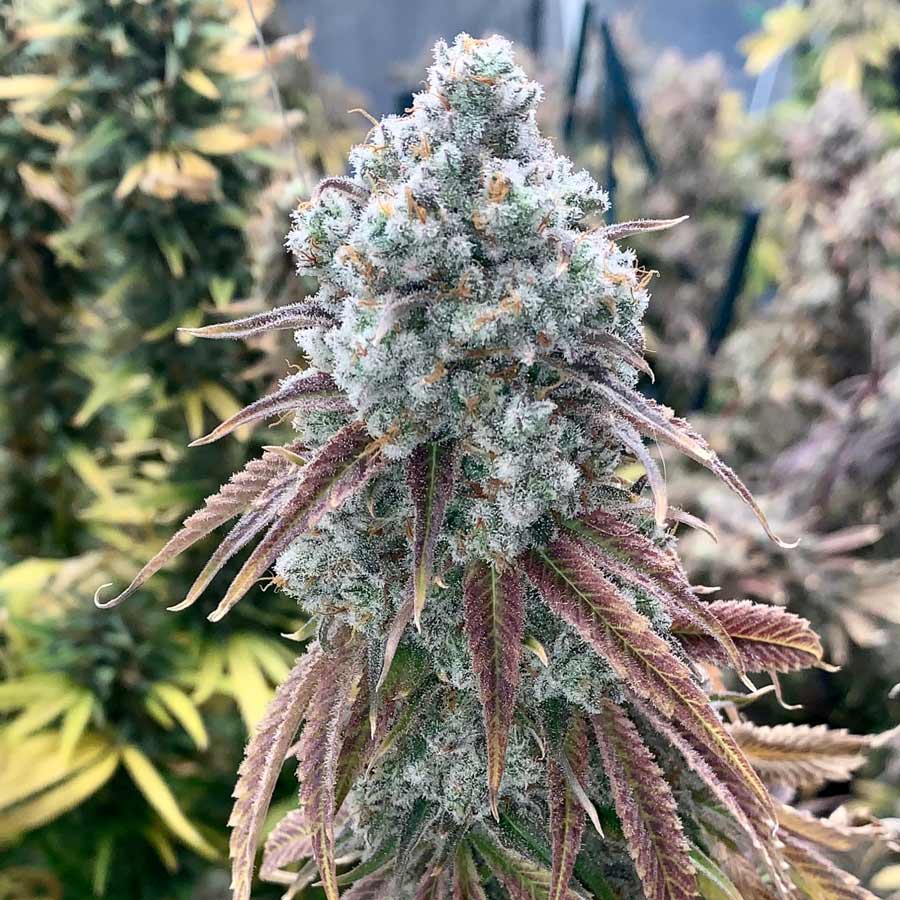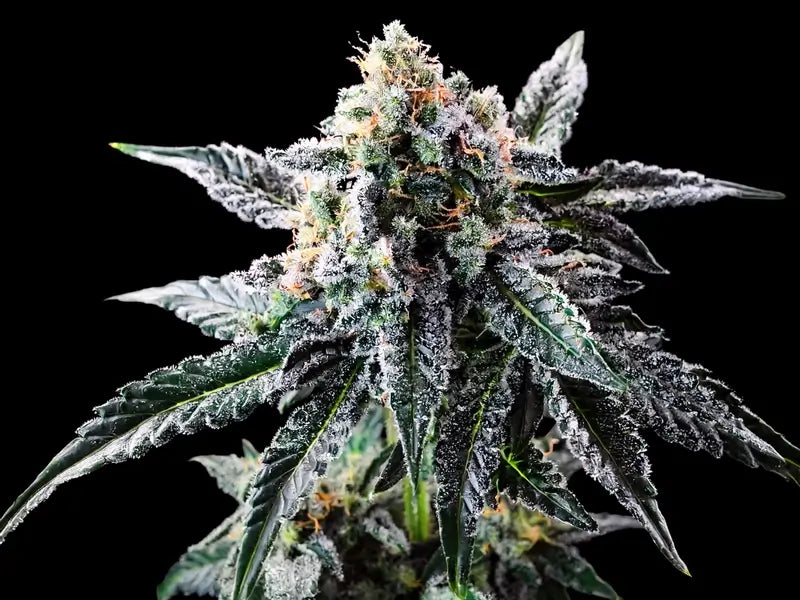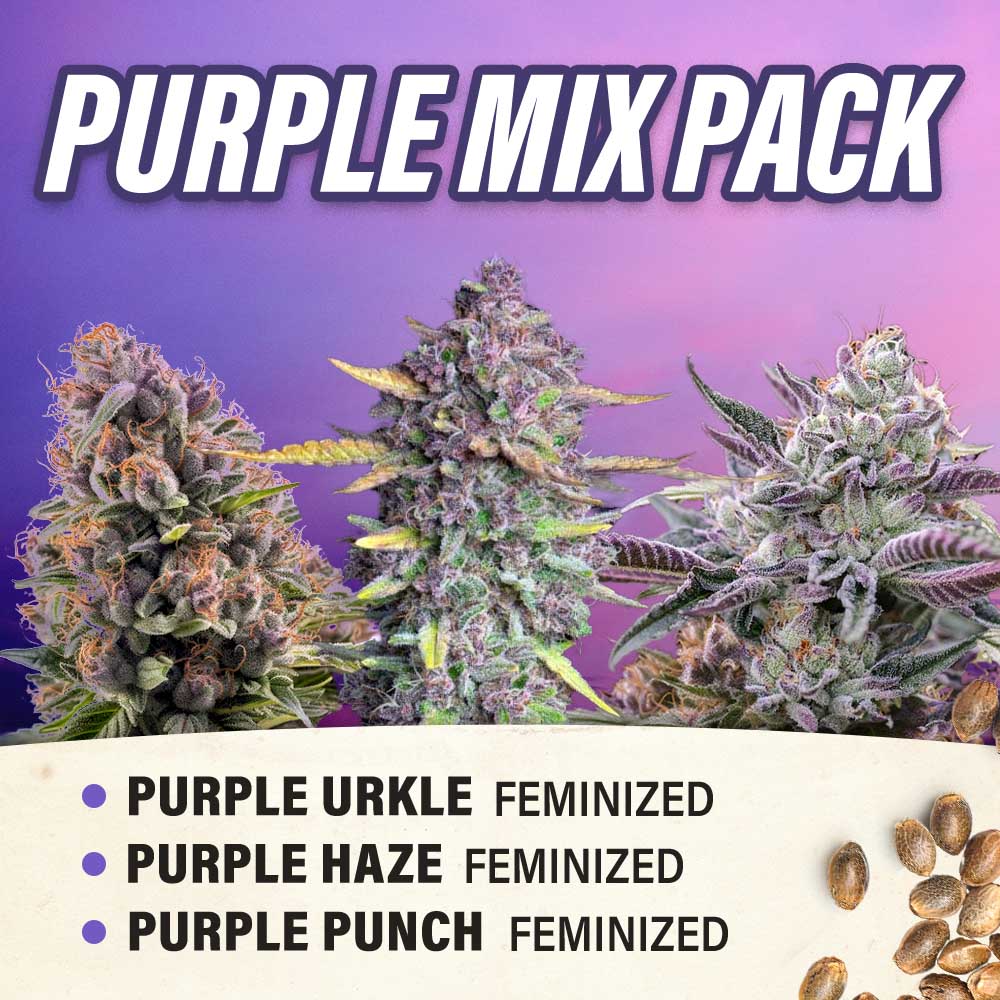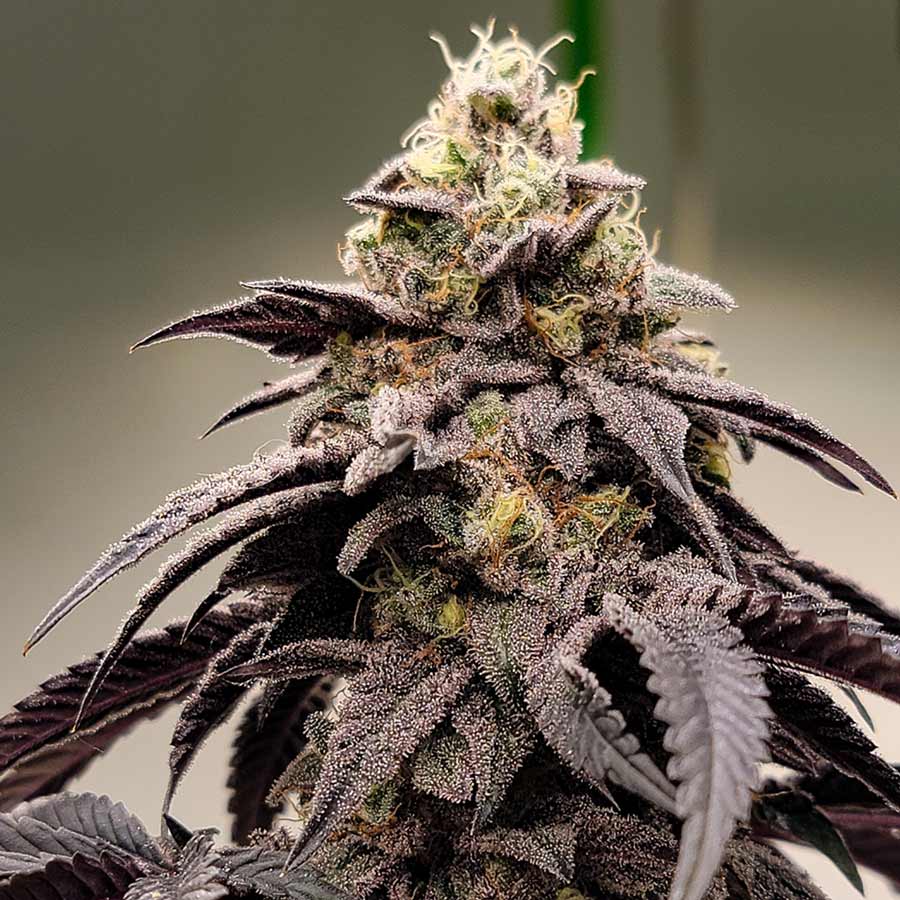Cannabis Plant Anatomy: 7 Important Parts of the Weed Plant
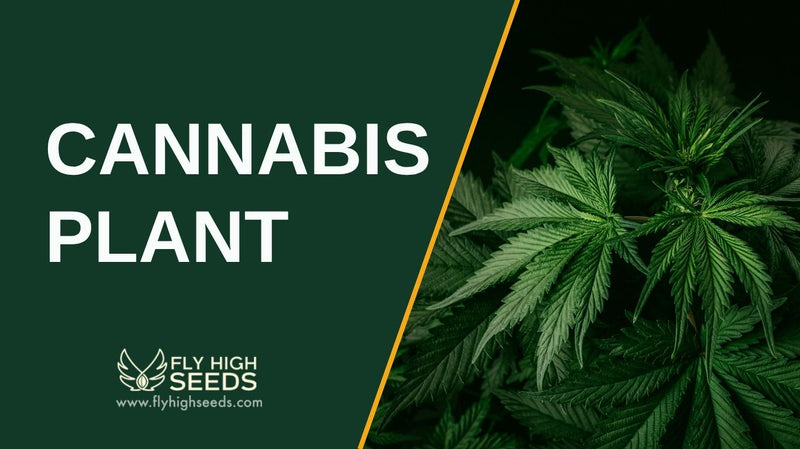
When you grow a cannabis plant, you notice how every part shapes its life and purpose. The broad fan leaves pull in light, the dense buds store potential, and the roots anchor everything in place. As you examine cannabis sativa and cannabis indica, you uncover how marijuana plants support both medicinal use and cultural traditions.
Key Takeaways
- Cannabis plants belong to the genus Cannabis and include both sativa and indica varieties
- Seven main parts shape the plant’s growth and purpose: roots, stems/branches, fan leaves, sugar leaves, flowers (buds), seeds, and trichomes
- Female plants produce dense buds rich in cannabinoids, while male plants mainly contribute pollen for seed production
- Trichomes are especially important, as they generate cannabinoids, terpenes, and aromas that define effects and quality
- Successful cultivation requires proper seeds, soil, light, nutrients, airflow, pruning, and careful harvesting
- Legal regulations around cultivation vary widely, making it essential to check local laws before growing
What is a Cannabis Plant?
A cannabis plant belongs to the genus Cannabis and grows as a flowering plant with distinct male and female plants. Most strains fall under Cannabis sativa or Cannabis indica, each producing unique growth patterns, psychoactive effects, and medicinal use. Female Cannabis plants develop dense buds rich in THC and CBD, while male plants mainly support seed production through pollen.
Across many countries, marijuana plants appear in medical marijuana programs, Cannabis research, and cultural practices, reflecting both their widespread use and ongoing study of their pharmacological effects.
Cannabis Plant Anatomy

Cannabis plants show a remarkable design, where every part plays a role in growth, reproduction, and medicinal use. By looking closely at their structure, you can understand how Cannabis sativa and Cannabis indica thrive and why female plants remain so valuable in Cannabis research and medical marijuana.
Roots
The roots anchor the Cannabis plant in soil and absorb water and nutrients that fuel the growth process. Healthy roots appear white and fibrous, forming the foundation for strong flowering plants. Growers protect roots from excess water or compact soil to avoid health problems like root rot.
Stems and Branches
The stem gives structure, helping the plant stand tall and transport nutrients between roots and leaves. Branches extend outward, carrying fan leaves and buds, and shaping the overall form. Short plants often belong to Cannabis indica, while taller, thinner stems point to Cannabis sativa plants.
Fan Leaves
Fan leaves spread wide with serrated leaves that capture light during photosynthesis. These dark green leaves also reveal plant health, showing signs of nutrient deficiencies or stress. While fan leaves contain fewer cannabinoids, they support the dense buds that hold THC and CBD.
Sugar Leaves
Sugar leaves grow among the buds, coated in resinous trichomes rich in cannabinoids. Growers often trim sugar leaves during harvest, but many keep them for making Cannabis products such as edibles, tinctures, or extracts due to their cannabinoid content.
Flowers (Buds)
Female Cannabis flowers, often called buds, produce the highest concentrations of cannabinoids like THC and CBD. These dense buds form at the nodes of female plants and represent the most sought-after part of marijuana plants for both medicinal use and widespread use. Male flowers, by contrast, produce pollen that fertilizes female flowers for seed production.
Seeds
Seeds form when male plants pollinate female flowers. While seeds reduce the quality of smokable marijuana, they remain vital for reproduction and cultivation. Many growers prefer sinsemilla, or seedless buds, which result from preventing male and female flowers from mixing.
Trichomes
Trichomes cover buds, sugar leaves, and sometimes fan leaves, appearing as tiny crystal-like structures. They produce cannabinoids, terpenes, and flavonoids that give Cannabis its psychoactive effects, subjective effects, and distinct aromas. Trichomes play a central role in pharmacological effects studied by the National Cancer Institute and other cannabinoid research institutions.
How to Grow Quality Marijuana Plants
Growing marijuana plants takes patience, attention, and a good understanding of the plant’s needs. When you care for Cannabis sativa or Cannabis indica the right way, you encourage female plants to produce dense buds rich in THC and CBD while avoiding common health problems.
- Choose the right seeds – Start with high-quality genetics, selecting strains suited to your environment. Female Cannabis seeds give you the best chance at resin-rich buds, while male plants mainly serve seed production.
- Use healthy soil – Provide nutrient-rich, well-draining soil to support root growth and prevent excess moisture from causing rot.
- Control light exposure – Give plants 18 hours of light during vegetative growth and 12 hours during flowering to trigger bud development.
- Monitor water and nutrients – Water consistently without drowning the roots, and supply balanced nutrients to avoid deficiencies that weaken flowering plants.
- Maintain airflow and space – Allow good air circulation to reduce mold and pests, and give plants room to spread their fan leaves and flowers.
- Trim and train plants – Prune lower branches and use training techniques to direct energy into top buds, producing bigger yields.
- Harvest at the right time – Watch trichomes on female flowers; milky or amber colors show peak cannabinoid content and psychoactive effects.
Is It Legal to Grow Cannabis Plants?
The legality of growing Cannabis plants depends on where you live, since laws vary widely across many countries and even between states or regions. Some areas allow limited home cultivation of marijuana for medical use or recreational purposes, while others restrict it to licensed producers or ban it altogether.
Governments regulate Cannabis use and cultivation to address health problems, drug abuse, and economic botany concerns, making it essential to check local regulations before planting Cannabis sativa or Cannabis indica at home.
Final Thoughts

Cannabis plants reveal a world of complexity and purpose, from their roots to their resin-rich flowers. By learning the anatomy and growth process, you gain a deeper appreciation for how Cannabis sativa and Cannabis indica continue to shape medicine, culture, and everyday life.
If you want to learn practical growing methods and research-backed insights, check out this guide on cultivating healthy Cannabis plants.
Frequently Asked Questions
How long does it take for a Cannabis plant to grow?
The growth process of a Cannabis plant usually takes between three to six months, depending on the strain and growing conditions. Cannabis sativa plants often grow taller and take longer to flower, while Cannabis indica plants tend to stay shorter and finish faster. Indoor growers can adjust light cycles to control timing, but outdoor plants follow natural seasonal patterns.
What medical conditions can Cannabis help with?
Cannabis products and medical marijuana show potential for relieving neuropathic pain, multiple sclerosis symptoms, and chemotherapy-related nausea. Some patients also use Cannabis to stimulate appetite, improve sleep, or manage certain health problems. Research from the National Cancer Institute and the National Center for Complementary and Integrative Health continues to investigate further evidence of these pharmacological effects.
What are cannabinoids besides THC and CBD?
Cannabis produces more than 100 cannabinoids, with THC and CBD as the most studied. Other cannabinoids such as CBN, CBG, and CBC may also show therapeutic potential. Cannabinoid research studies how these compounds interact with the endocannabinoid system and cannabinoid receptors, which influence mood, appetite, and the effects of marijuana.
What’s the difference between hemp and marijuana?
Both hemp and marijuana belong to the same genus Cannabis but differ in THC levels and legal classification. Hemp plants contain very low THC and often serve in economic botany for textiles, food, and industrial products. Marijuana plants, on the other hand, develop higher THC content and deliver psychoactive effects valued for recreational and medicinal use.
Does smoking marijuana affect health the same way as tobacco smoke?
While smoking marijuana differs chemically from tobacco smoke, both involve inhaling combusted plant material that may irritate the lungs. Some studies show Cannabis use carries risks when smoked regularly, especially among young people. Researchers continue to study long-term effects of marijuana to compare them with the widely documented risks of tobacco smoke.
Where did Cannabis originally come from?
Historical evidence suggests Cannabis originated in Central Asia before spreading across the Middle East, North Africa, and the Western Hemisphere. Spaniards imported Cannabis to the Americas, while the Islamic empire helped spread it throughout many countries. Its widespread use today reflects centuries of cultural, medicinal, and agricultural adaptation.
